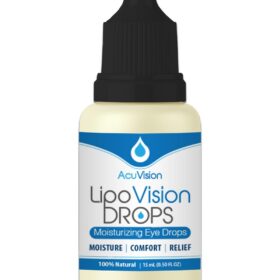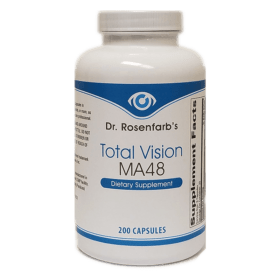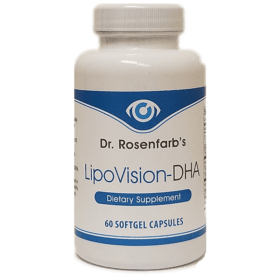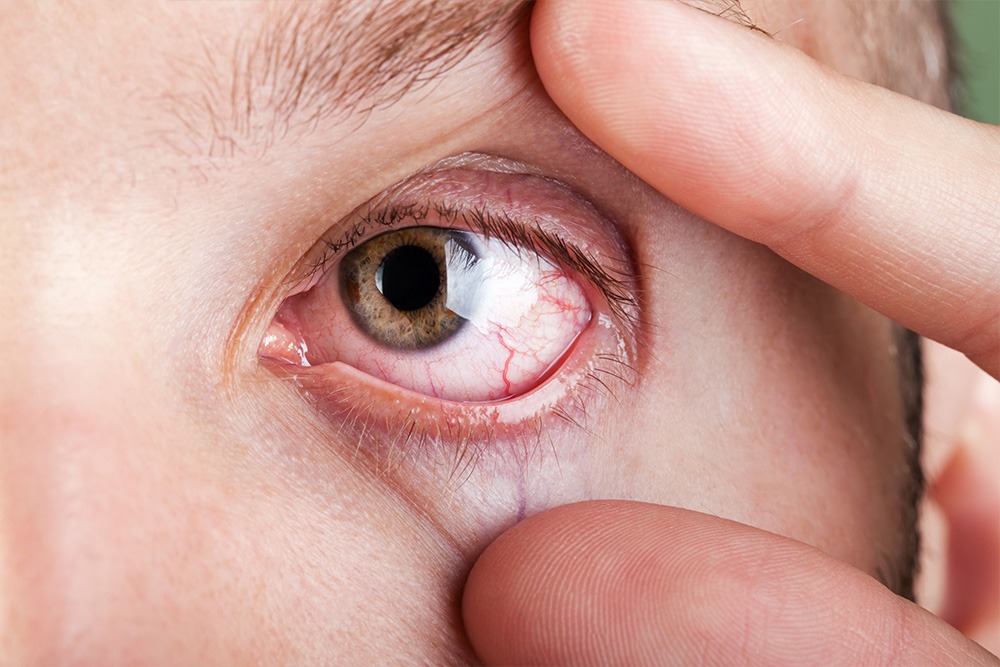Uveitis
What is Uveitis?
Uveitis is an inflammatory condition affecting the uvea, the middle layer of the eye that consists of the iris, ciliary body, and choroid. This condition can lead to redness, pain, and vision loss if left untreated. Uveitis can occur at any age and may be associated with systemic diseases or infections.
Symptoms of Uveitis
- Eye Redness: Persistent redness in one or both eyes.
- Eye Pain: Aching or discomfort in the affected eye.
- Blurry Vision: Reduced visual clarity.
- Light Sensitivity: Increased sensitivity to light (photophobia).
- Floaters: Dark spots or floaters in your vision.
Causes and Risk Factors
Uveitis can be caused by infections, autoimmune diseases, or trauma to the eye. Common conditions associated with uveitis include:
- Autoimmune Disorders: Rheumatoid arthritis, sarcoidosis, and ankylosing spondylitis.
- Infections: Viral, bacterial, fungal, or parasitic infections.
- Trauma: Injury to the eye or surrounding tissues.
- Genetic Predisposition: Family history of autoimmune diseases.
Diagnosis
Accurate diagnosis is essential for effective treatment. Our clinic provides comprehensive diagnostic services, including:
- Ophthalmic Examination: Detailed eye examination using slit-lamp biomicroscopy.
- Imaging Studies: Optical coherence tomography (OCT) and fluorescein angiography to visualize the retina and uvea.
- Laboratory Tests: Blood tests to identify underlying systemic conditions or infections.
- Ultrasound: To assess the structures within the eye.
Recommended Supplements:
-
Sale!

LipoVision Drops
Original price was: $40.00.$25.00Current price is: $25.00. Add to cart -

Total Vision MA48
$55.00 Add to cart -
Sale!

Hydro Vision – H2 Vision – Molecular Hydrogen Tablets
Original price was: $60.00.$49.00Current price is: $49.00. Add to cart -

CannaVision Oil 2500mg
$99.00 Add to cart -

LipoVision-DHA
$30.00 Add to cart -

CannaVision Oil 5000MG
$149.00 Add to cart -

Vision-Mins
$20.00 Add to cart
How To Heal Your Eyes At Home
Our New groundbreaking at home treatment program
Rest Easy.
Your Vision Is Our Mission
Apply Now For A Consultation to Discover if In Office Treatments are Right for You.


